
MPS Hybrid inverter is an energy storage inverter that integrates a photovoltaic controller, energy storage converter, and grid-connected/off-grid automatic switching unit. It is very suitable for use in remote areas, farms, islands, and off-grid areas where electricity is relatively weak. This solution helps people use local available resources to generate electricity and gives them the ability to manage and control these distributed energy sources.
Introduction of various working modes
Case sharing in different working modes。
In this mode, the system gives priority to powering the load. If the photovoltaic power generation is not enough to drive the load, the photovoltaic and other power sources (batteries or grid) will be used together to power the load.
In this mode, the system gives priority to powering the battery, which is used to charge the battery when the system works in backup power conditions or in some usage scenarios.
In this mode, the system can run different working modes in different time periods.
In this mode, the system divides the working area according to the battery SOC to run different working modes.
In this mode, the system is dispatched by EMS or used for charging and discharging tests.
In the case of on-grid operation, there will be three operation strategies:
When the photovoltaic system produces enough electricity, it will first supply the load and then charge the battery. When the battery is fully charged, if the photovoltaic power is greater than the load, the photovoltaic output will be limited;
When the photovoltaic power generation is insufficient, the total power of photovoltaic + battery can meet the load power. At this time, photovoltaic and battery jointly supply power to the load. When the battery power is less than 20% (changeable), it stops discharging and is powered by photovoltaic and grid instead.
When both photovoltaic and battery are unavailable, the grid supplies power to the load.
In off-grid operation, ATS will automatically switch from the grid side to the diesel generator side. At this time, there will be two operating strategies:
When the photovoltaic power generation is sufficient, it will first supply the load and then charge the battery. When the battery is fully charged, if the photovoltaic power is greater than the load, the photovoltaic output will be limited;
When the electricity produced by photovoltaics is insufficient, the total power of photovoltaic panels + batteries can meet the load power. At this time, the load is powered by photovoltaics and batteries together. When the battery power is less than 20% (changeable), discharge stops and photovoltaics and diesel generators are used to supply power.
In the case of on-grid operation: the anti-backflow function is turned on, and the device has 5 operating strategies:
When the photovoltaic power is sufficient, the battery will be charged first and the load will be powered at the same time;
When the photovoltaic power is only sufficient to charge the battery, the photovoltaic power will charge the battery first, and the remaining power will be used together with the grid to supply power to the load;
When the photovoltaic power is not enough to charge the battery, the photovoltaic power will charge the battery, and the grid will supplement the remaining battery demand and supply power to the load;
When the battery is fully charged and the photovoltaic power generation is insufficient to supply power to the load, the grid will supplement the power supply to the load;
When PV is unavailable, the grid will provide energy to the loads and charge the batteries at the same time.
In the off-grid operation, the ATS switch automatically switches from the grid to the diesel generator. During the switching process, the MPS is in off-grid operation mode, and the power consumption of the load is met by photovoltaic and battery. At this time, there are 5 operation strategies:
When the photovoltaic power is sufficient, it will give priority to supplying power to the load, and the excess power will be used to charge the battery;
When the photovoltaic power plant and the battery can meet the load power together, the two will supply power together. When the battery SOC=20%, the battery stops discharging and the diesel generator is connected to supply power to the load and the battery together with the photovoltaic power plant.
When the photovoltaic power is insufficient to charge the battery, the photovoltaic and diesel engines jointly charge the battery, and the electrical load is completely powered by the diesel generator;
When PV is unavailable, the diesel generator will supply power to the loads and charge the batteries at the same time;
When the PV power is less than the load, the PV and diesel generators together supply power to the load.
A、Economic mode
Peak period: execute the "self-generation and self-consumption" mode, and the battery provides the energy required by the load.
Flat section: execute the "self-generation and self-consumption" mode, and the power grid provides the energy required by the load.
valley section: execute the "battery priority" mode, the power grid charges the battery and provides the energy required by the load at the same time.
B、Peak shaving and valley filling mode
Control the charging and discharging of the battery according to the positive and negative power value (positive discharge and negative charge). Secondly, you can control the on/off of the generator by selecting "generator action".
In the ECP/EDP state, the logic of giving priority to powering the load is executed, and in the FCP/FCP state, the logic of giving priority to charging the battery is executed.
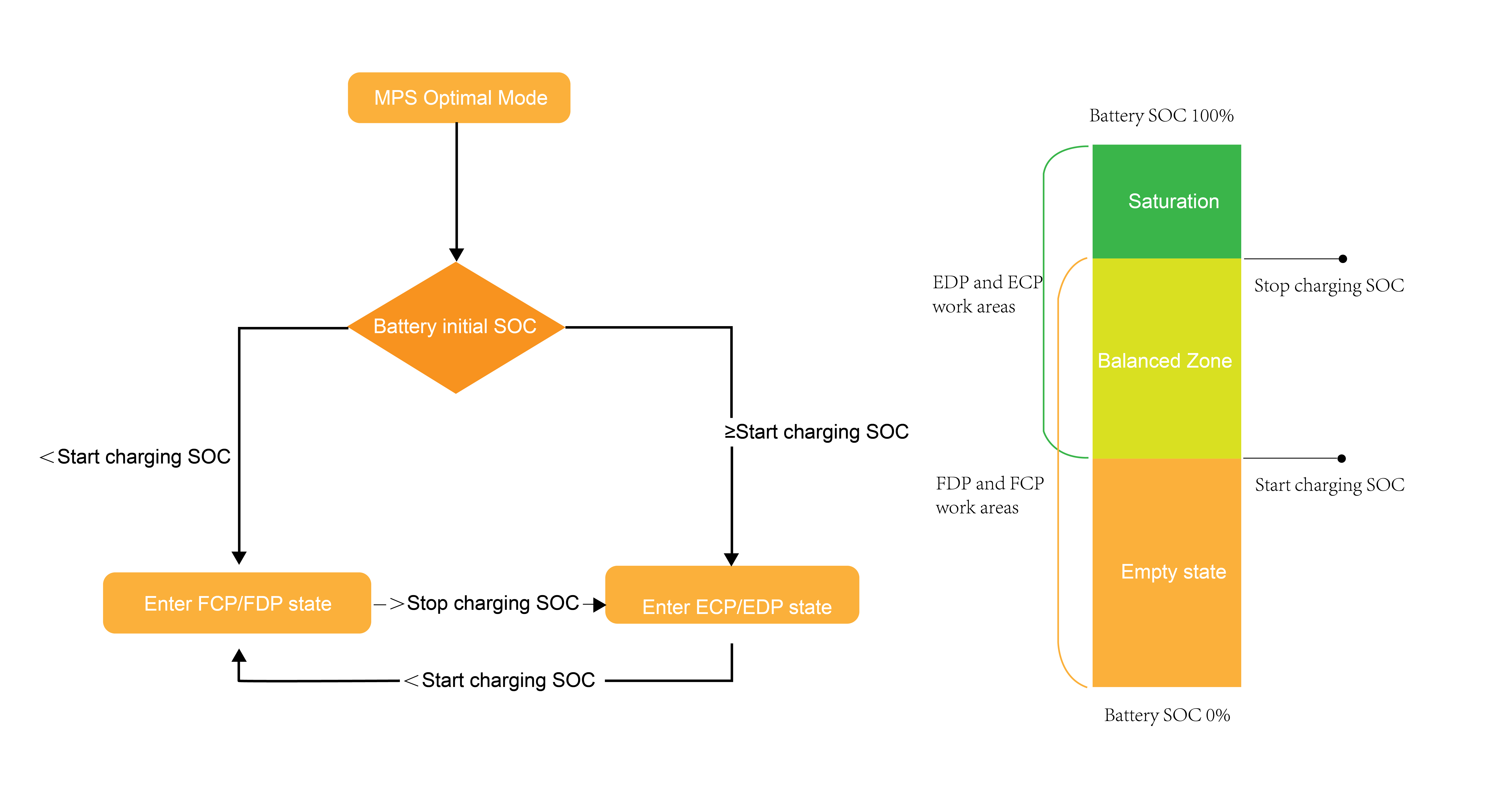
1. Battery charging and discharging test.
2. Energy management system (EMS) scheduling
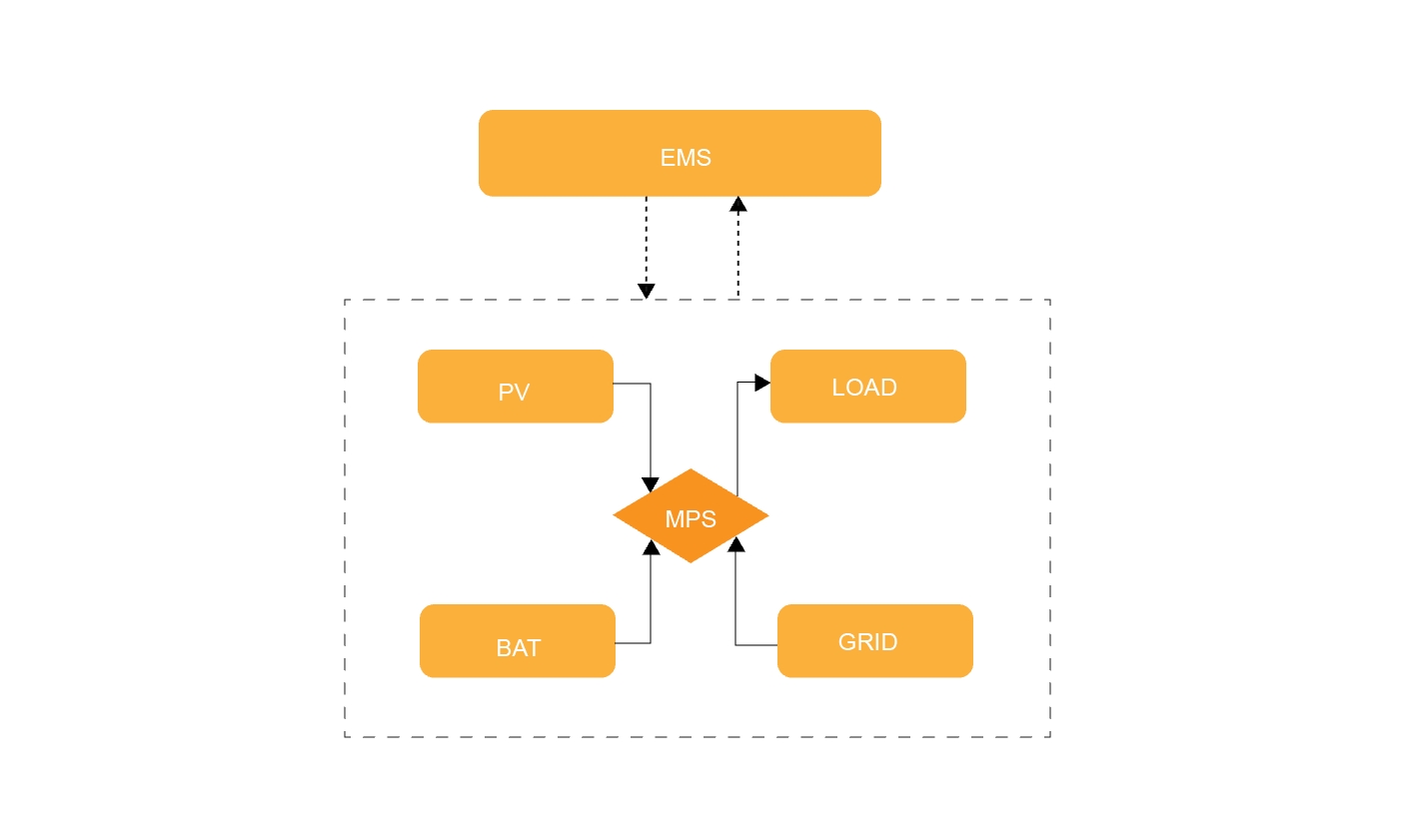
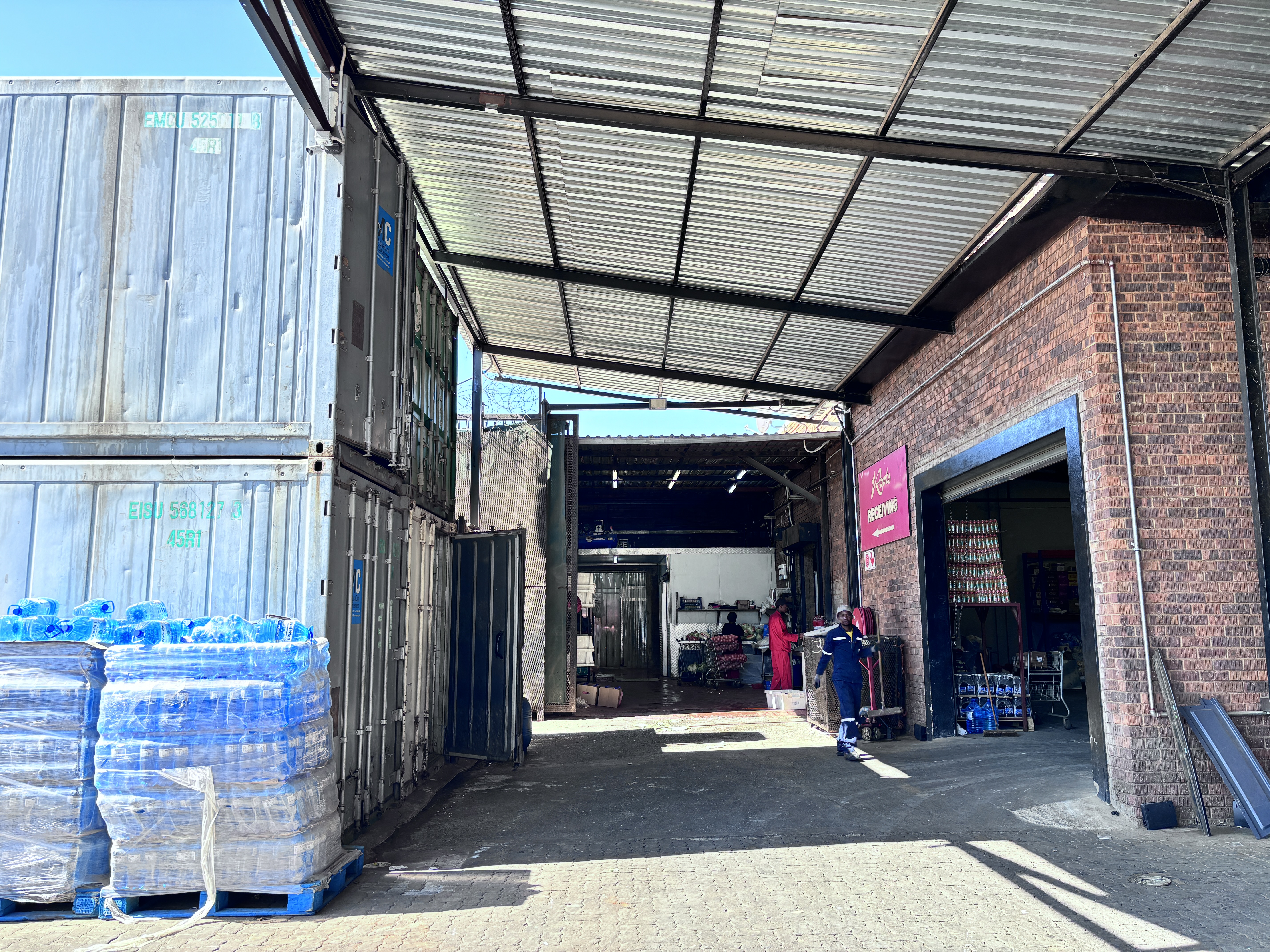
Background:Under the peak-valley electricity price mechanism, the maximum grid demand value reported by the customer is only 30kW; before the project, the customer had installed a 360kVA diesel generator and a 300kWp photovoltaic power generation system for auxiliary power supply, and the main load was the freezer refrigerator
Demand:To ensure that the power drawn from the grid does not exceed 30kw at any time, to reduce electricity costs
Solution: 300kW hybrid inverter + 6 MPPT + 400kWh battery
Application mode: Mixed mode- Economic mode
On-grid time : 2024.05
Device Model : MPS0150*2
The master production schedule is key in making products. MPS working mode helps plan tasks and share resources well. It makes sure production matches what people need. This stops making too much or too little. You can also check progress and change plans if needed. This system makes work smoother and meets goals on time.
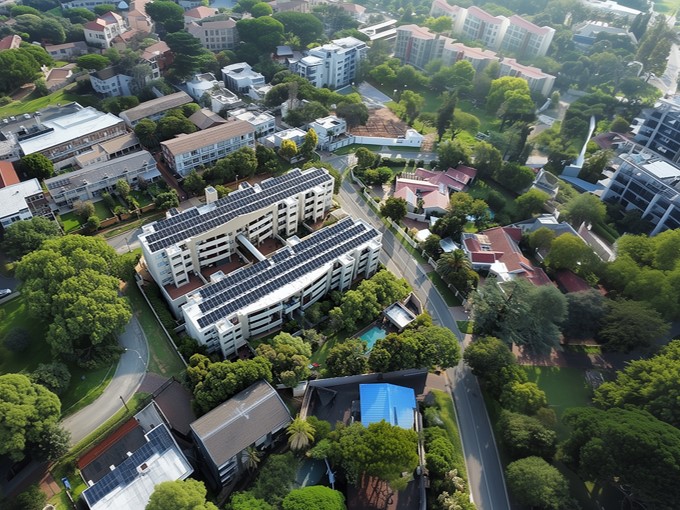
Background:The community's power system is unstable and the demand for backup power is increasing. The community has previously installed a 150kWp photovoltaic power generation system.
Demand: Improve the quality of electricity, reduce the use of mains electricity, use photovoltaic and battery power as much as possible, and do not discharge electricity to the grid.
Solution: 150kW hybrid inverter + 3 MPPT + 400kWh battery
Application mode:Self-consumption/back-up power
On-grid time : 2023.12
Device Model : MPS0150
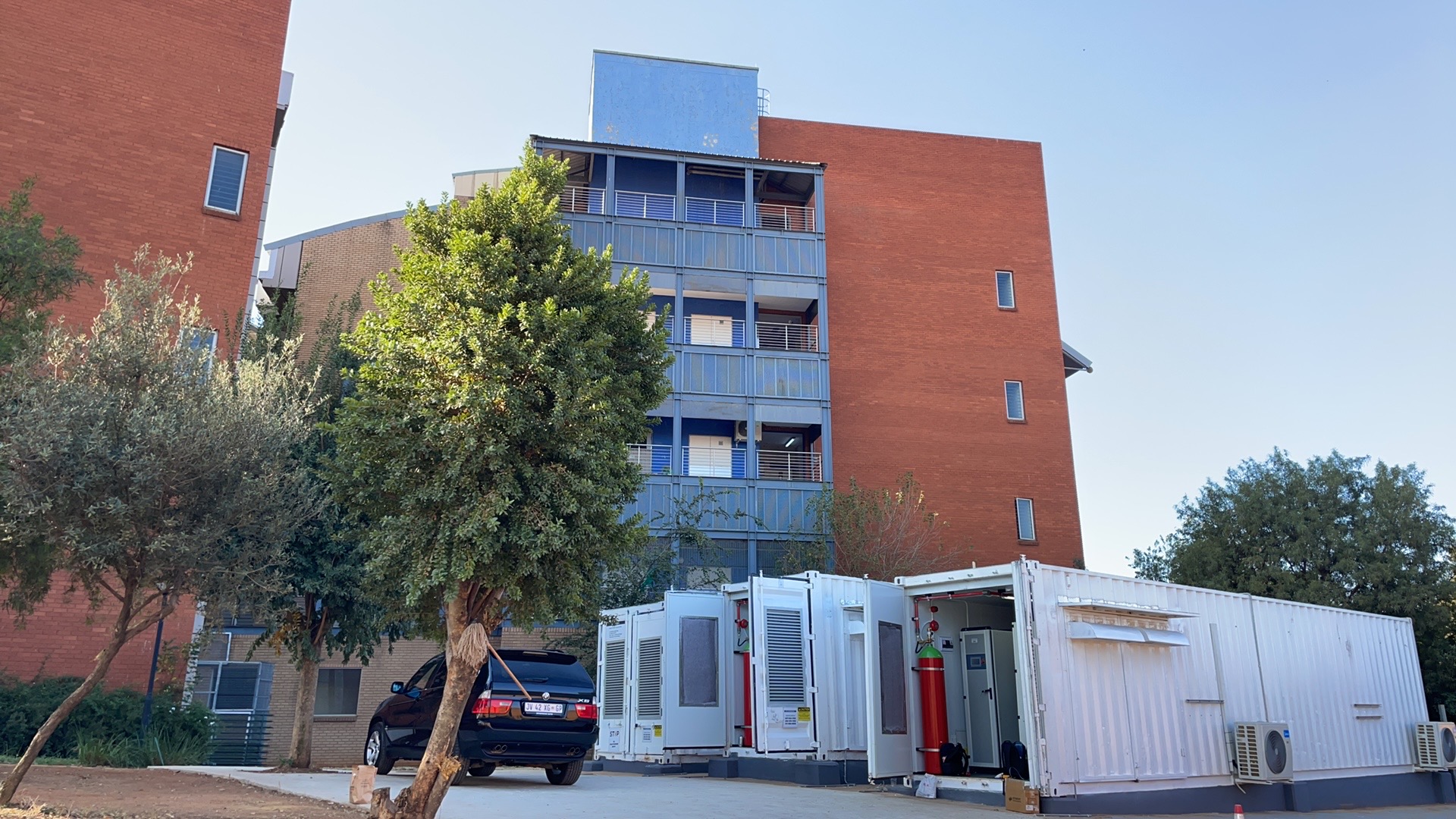
Background: The power crisis intensified, causing the hospital to face long power outages every day. During this period, the hospital was only powered by two 1.5MW diesel generators, which caused serious noise pollution and was not economically effective.
Demand: Reduce diesel use and provide clean, stable backup power
Solution: 1.5MW hybrid inverter + 32 MPPT + 1.5MWp PV+ 3MWh battery
Application mode:Backup power supply /fuel saving and noise reduction
On-grid time : 2024.05
Device Model : MPS0250*6
MPS working mode helps organize tasks and use resources well. It makes workflows smoother, reduces waste, and boosts productivity in many fields.
Tip: Try MPS to make work easier and finish goals faster.
It shares resources based on task importance and needs. This helps use resources wisely, avoids waste, and keeps work steady.
Yes! MPS works in production, media, and IT tasks. Its flexibility lets you adjust it for your unique needs and goals.
Note: Use MPS templates to handle repeated tasks more easily.